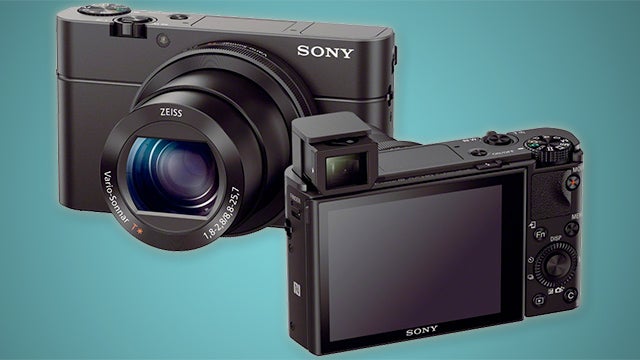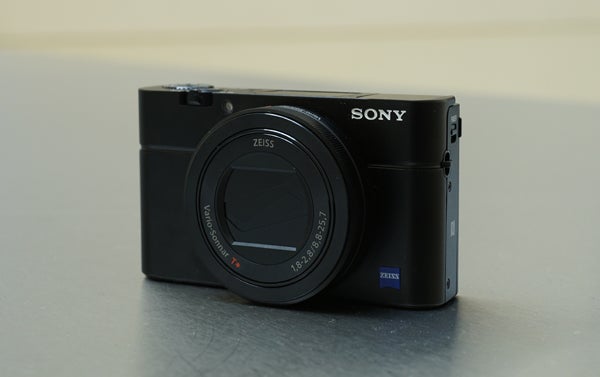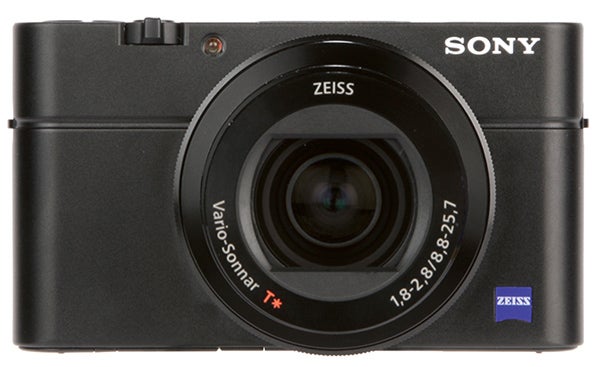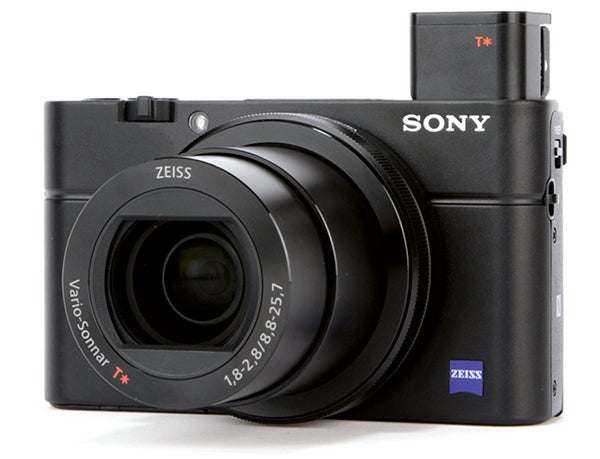Sony RX100 III Review - Image Quality and Verdict Review
Image Quality and Verdict
The best premium compact camera just got better

Sections
- Page 1 Sony RX100 III Review
- Page 2 Screen, Lens and Performance Review
- Page 3 Image Quality and Verdict Review
Sony RX100 III: Image Quality and Metering
The Sony RX100 III is a reliable shooter. The standard metering mode produces generally well-exposed shots and exposure-compensation settings are easy to alter. As detailed earlier, you can set the lens control ring to tweak exposure if it’s not busy controlling another parameter, or fiddle with it using the menu system.
There are also centre-weighted and spot-metering modes if you want to give more bias to a particular point of the scene.

While you naturally need to keep an eye on metering, the results are also helped out by the Sony RX100 III’s fantastic dynamic range. At low ISO settings, it even rivals some DSLRs. We got performance of up to 12.42EV, a good 2-3EV better than we often get from compact cameras.
This goes a good way to explaining why the Sony RX100 III’s photos are so special.
Photo quality is simply superb among compacts, and to get better you’d either have to embrace a fixed focal length, with an APS-C compact such as the Ricoh GR or Nikon Coolpix A, or accept a much larger body. Even those prime-lens compacts are a chunk larger.

Detail is good, too. While at base ISO the 20.1-megapixel sensor provides what we’d expect from such a resolution, the RX100 III holds onto its detail very well futher up the ISO scale by compact standards.
There’s commendably minor variation in detail captured throughout ISO 80-800, giving you a good degree of lower-light flexibility without a huge compromise in image quality. Detail and dynamic range take more of a dive at ISO 1600 and onwards, with the outer reaches of the ISO 12800 native range starting to look quite scrappy. However, performance remains compelling, if not an upgrade to what we saw last year in the RX100 II.

The two cameras have the same sensor, so that’s no surprise. Still, it’s only people who have experience of previous RX100 cameras that would complain about this. To newcomers, getting this sort of quality and flexibility from a camera this small is an eye-opener.
It also adds a neutral-density filter, which limits the amount of light that gets through to the sensor. This lets you use wider apertures on bright days without ending up with overexposed shots.

Video is improved, too, although the Sony RX100 III doesn’t offer 4K video shooting. Instead, it continues to top out at 1080p, but offers the XAVC S format, which boosts capture bitrate to 50Mbps. Of course, this may not compensate for the lack of hot shoe, meaning you can’t attach an external mic.

Should I buy the Sony RX100 III?
Like the other RX100 camera before it, the Sony RX100 III is a fantastic compact camera – one of the very best. It makes some worthwhile upgrades, too.
Thanks to the faster lens, the zoom range is more useful in trickier lighting and the EVF is genuinely good – a real achievement given how small this camera is.
However, Sony’s had to make some sacrifices to get there. The lack of hot shoe limits the camera’s video capabilities, not to mention wiping out being able to attach a larger flash. We can live with these compromises, but make sure you can, too.
It’s also not a cheap solution, so make sure you’ll appreciate the smaller size or you’d be better of buying a decent CSC with a great lens for this sort of money.
Verdict
The Sony RX100 III is another compact camera smash – a tiny package that can create some stunning images.
Next, check out our best cameras round-up
Trusted Score
Score in detail
-
Value 8
-
Design 9
-
Features 8
-
Image Quality 9
-
Build Quality 9
-
Performance 9

